
The age-old adage goes ‘Health is Wealth’. Not till the pandemic brought all the sci-fi movies we watch to life did we realize how fragile life is. Changes in our lifestyle, be it staying cooped up indoors has made us susceptible – facing challenges from physical health to mental health. The only solution is to stay in tune with the times, take the necessary precaution, and focus on staying healthy – which is what these futuristic innovations are here to do. Each innovative design revolutionizes a part of modern medical diagnostic and treatment to simplify the process, challenge perception while making it easier to diagnose and treat your troubles with ease!
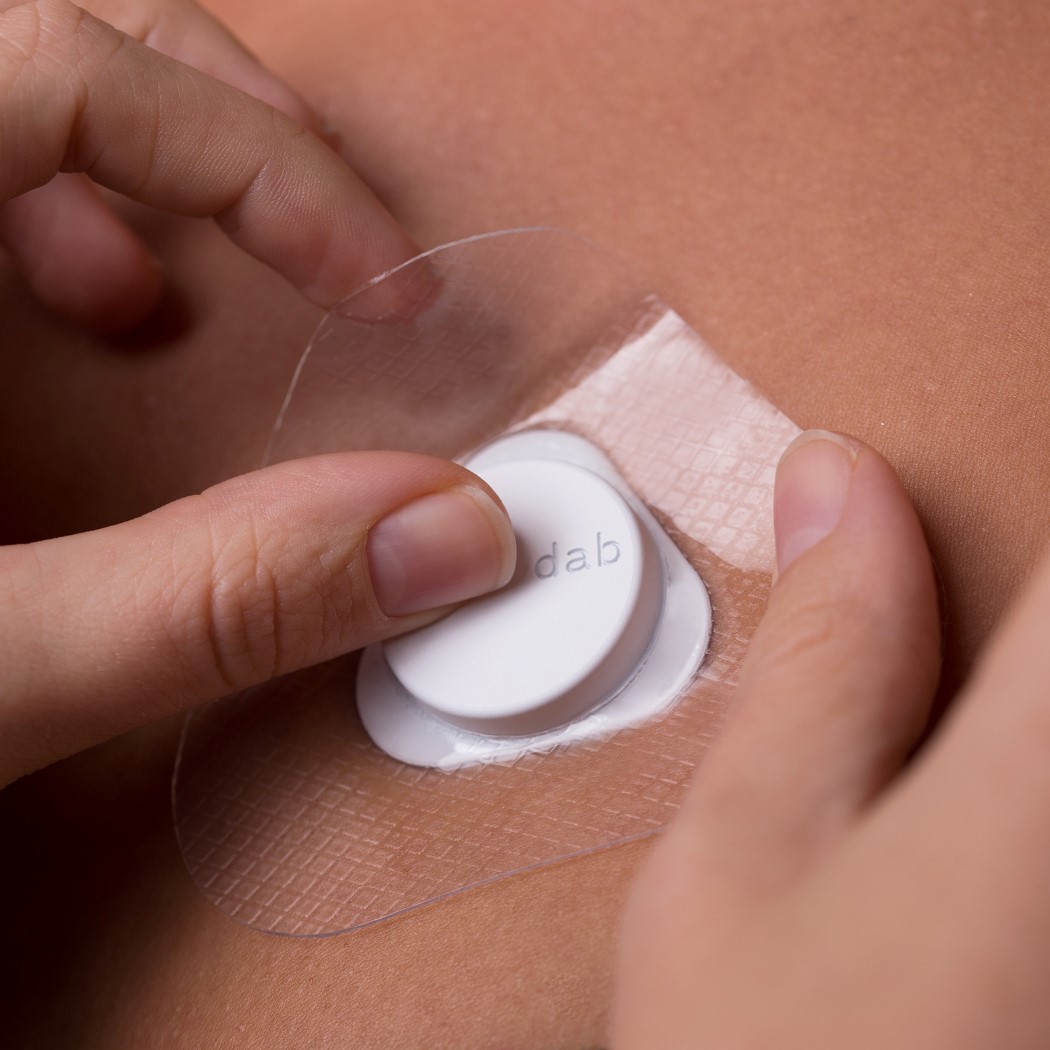
Literally the size of a quarter, Adam Miklosi’s Dab is an unobtrusive Holter ECG/EKG that rests comfortably on your chest, constantly reading your heart’s movements. Designed to be minimal, non-invasive, and simple, the Dab tries to bridge the gap between medical appliances and wearables. Its tiny yet classy design sits on your chest via a gel patch, while the electrodes capture your heart activity. The Dab’s dry-electrodes allow it to be used and reused, while constantly measure one’s heart activity (requiring periodic charging via their wireless charging hub), and keep logs of accurate readings, quietly sitting on your chest while you absolutely forget that they’re even there in the first place!
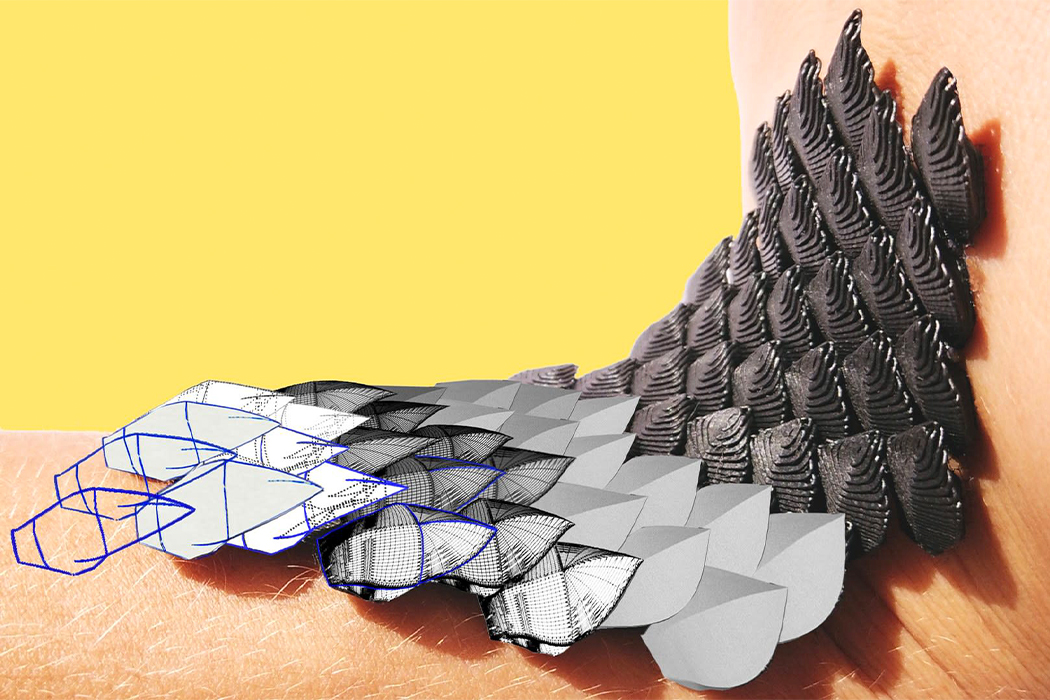

Research shows that human joint injuries are often recurrent and likely to cause long-term immobility. Designer Natalie Kerres then looked at nature for inspiration to come up with a solution and zeroed down on animals that physically protected from threats by skin, shells, or scales. She wanted to design a product that mimicked the natural protection and healing while allowing flexibility – that is how SCALED was born. “The geometry of animal scales has changed through the process of evolution according to environmental parameters which are critical for survival. A scale structure is capable of impact force distribution and, moreover, is flexible in one direction and limiting/interlocking in another,” she explains.
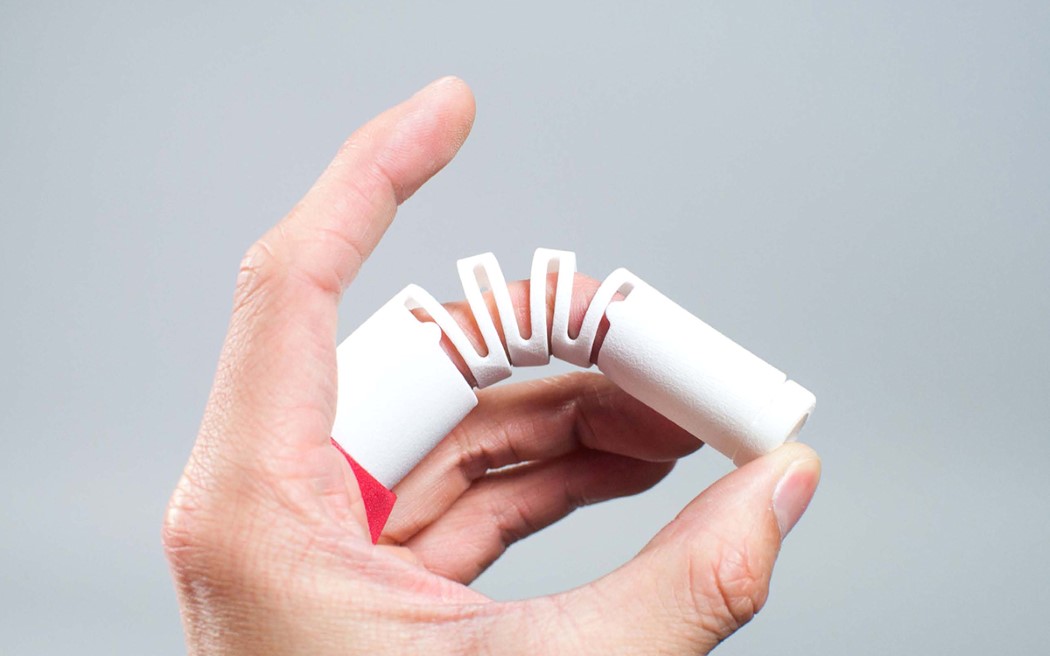
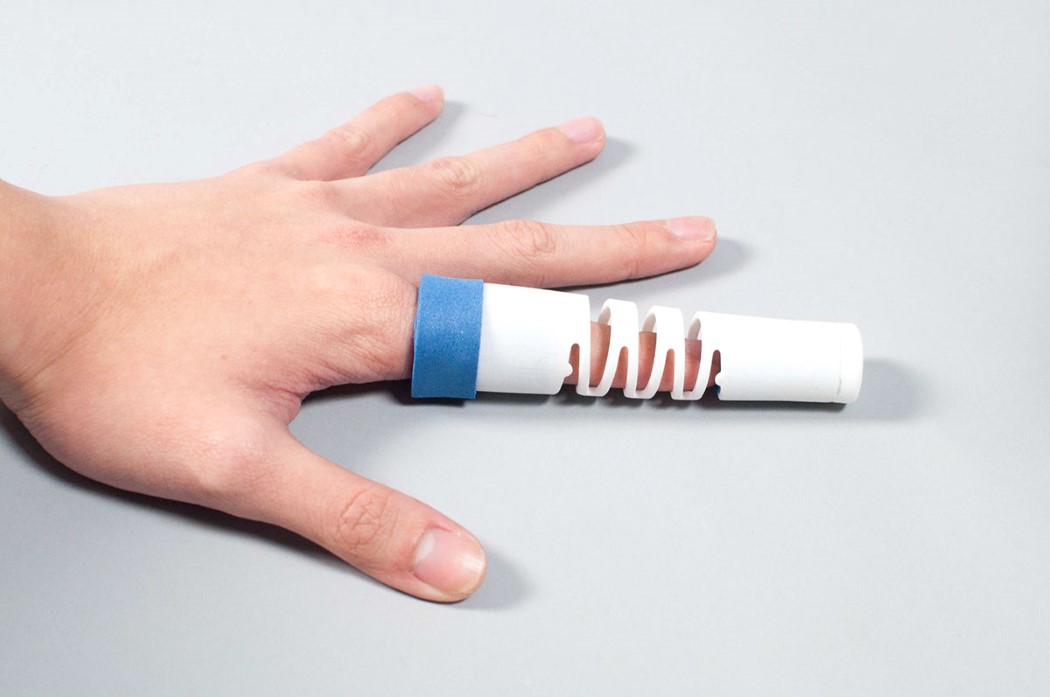
Deviating from current medical procedures that require surgery, the Bend just needs a long fingernail. A piece of thread is tied to the fingernail at one end, and the Bend splint at the other. The string is then wound around the splint, so that the finger is pulled into shape again, allowing the bones to align properly. The bend even allows for finger movement, letting the patient heal as well as recover from the injury as quick as possible!


The pandemic has seen a surge in the demand of items like masks, face-shields, and PPE, aggravating our plastic waste problem. Countries have ramped up production for medical kits too, and more testing often leads to more waste being created. Fernando Sánchez from Tecnológico de Monterrey in Mexico proposes a solution to this rising waste problem with his Biodegradable Medical Test kit. Made entirely from plant-based materials that can easily biodegrade into soil, these kits help ramp up testing without leaving a massive ecological footprint behind.
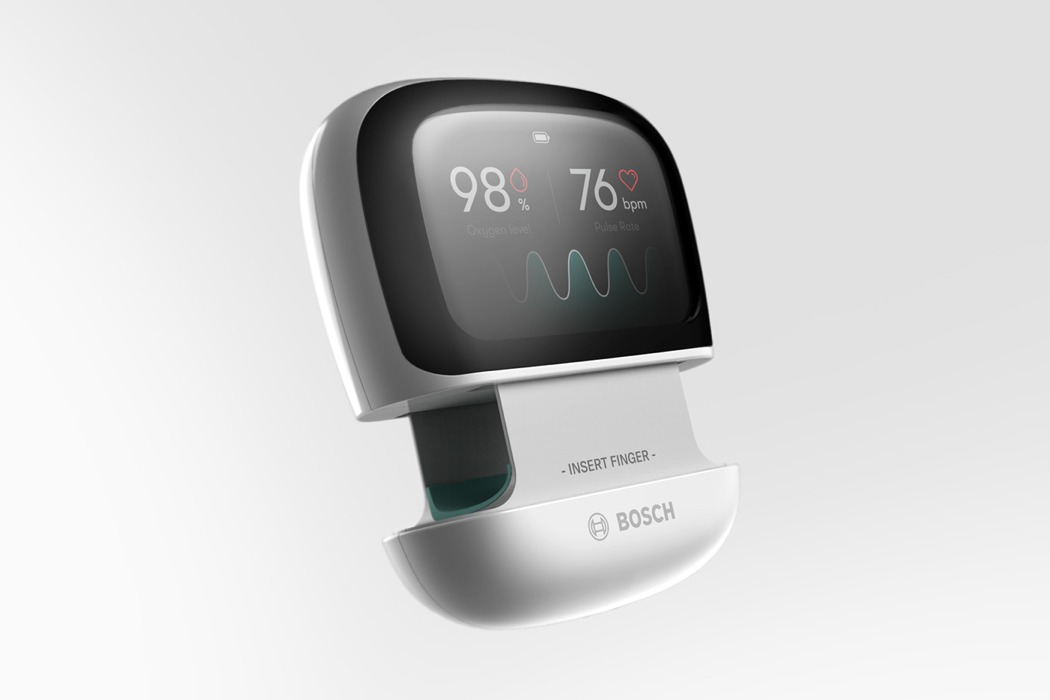

Anish Shakthi’s Kenko laughs in the face of the stereotypical aesthetic of medical products, as it instead carries a stigma-free, far more approachable design style. However, it isn’t just the aesthetics that have received a revamp… the entire user experience has been redesigned; the raised detector gives the user a tactile indication of where to position their finger, whilst the silicone insert can be removed for effective cleaning! Another of Kenko’s features that is rarely seen on a more conventional Oximeter is the OLED Display that provides the user with pointers and information regarding the seamless operation of the device!


Joining this force is Rice University’s Oshman Engineering Design Kitchen (ODEK) who has managed to develop a $300 ventilator with the help of Metric Technologies, named the ApolloBVM. There is a worldwide shortage of medical equipment, especially ventilators as traditionally they are expensive and time-consuming to produce at the rate this virus is moving. ODEK’s alternative costs less than USD 300 and it works on an automated mechanism that squeezes the common bag valve mask ventilation devices that are available in hospitals. This device is usually called an Ambu bag and the ApolloBVM can save the hours that healthcare professionals spend on manually pumping bags when there are no ventilators available. An exhausted human cannot pump air for extended periods of time with the precision of a machine, so with this device, it will be a lot easier to assist patients that need help to breathe. The device will also include feedback sensors that help fine-tune the flow of air to the lungs, as well as motors similar to those that power 3D printers for hours on end.


The team at Cambridge Consultants have designed an electronic strip called Tapp, that uses NFC technology to transfer the medicine’s data (stored on the blister pack) to a dedicated Tapp App. From the App, the user can select the reminder times and integrate other essential information of the prescription. Goals can be set, and reminders can be defined – the idea of this combination is to ensure you take your correct dosage on time. And, that your medical records be updated and handy.

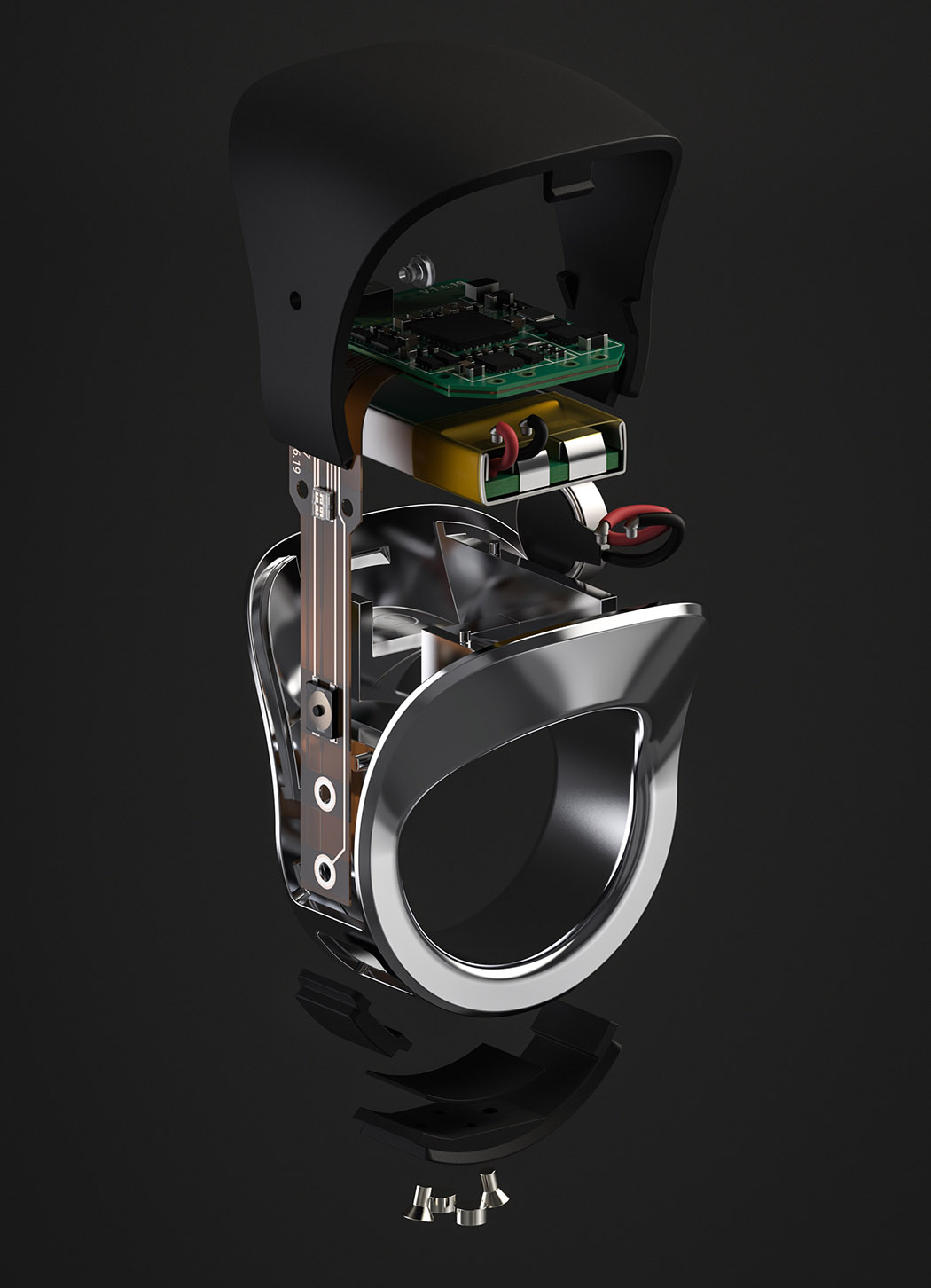
A winner of 2018 Red Dot Award, the NIMB ring offers unprecedented safety in the form of one stylish, compact fashion accessory! When would you need NIMB? Whether you were having a medical emergency or being mugged, it serves as a one-step lifeline for the help you need. At the heart of the design is an integrated panic button that sends an emergency alert through the dedicated smartphone app. It also provides haptic feedback that indicates to the wearer that the message has been sent and help is on the way. Simple, symmetrical, and elegantly polished, it’s as subtle as it is reassuring.
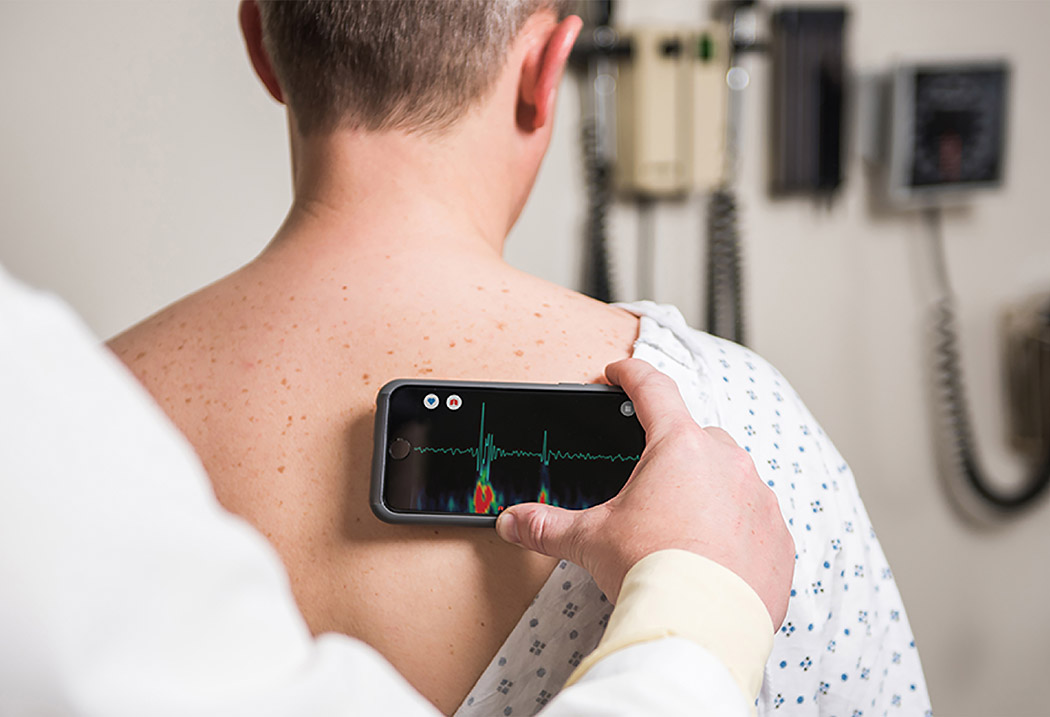
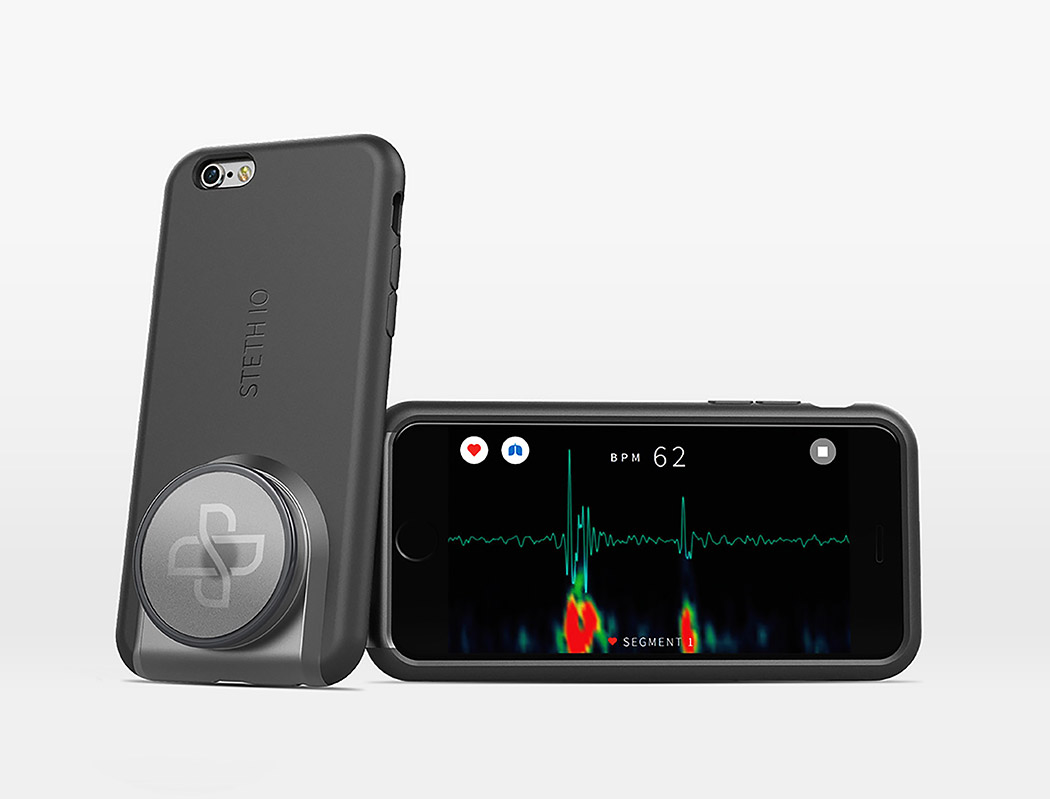
The Steth IO smartphone case modernizes the 200-year-old stethoscope! The design merges the technology, display, and microphone on a smartphone with the time-tested geometry of a stethoscope to create a powerful handheld medical device. The case captures audio sounds made by the lungs or a heartbeat and converts them into a visualization on the screen. Rather than just listening to a heart rhythm like they would using a traditional stethoscope, medical professionals can hear the heartbeat, visualize it, record the data, and review it anytime. Something impossible with a standard stethoscope!


Designers Chris Barnes and others at Cambridge Consultants of Cambridge, UK have designed a wearable health monitor for newborns in areas where current solutions are not easily available. Called ‘Little I’, their innovation empowers parents in low resource countries to monitor the health of their newborns by providing a low-cost, durable device that gives them assurance of their newborn’s survival despite lack of medical knowledge. This service is implemented by NGOs first buying and transporting the device to the community and teaching the workers how to use it. And in parallel, the mother/caregiver would hear about the device within the community and then later be provided one by a health care professional after giving birth. After 28 days, the device is returned which is then cleaned and recharged to be used by another newborn.
For more marvelous Medical Innovations, check out the previous designs in the series!
![]()










